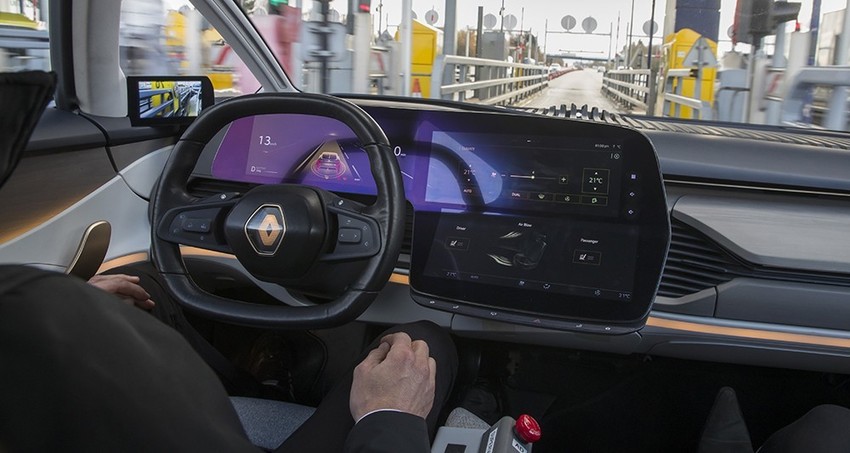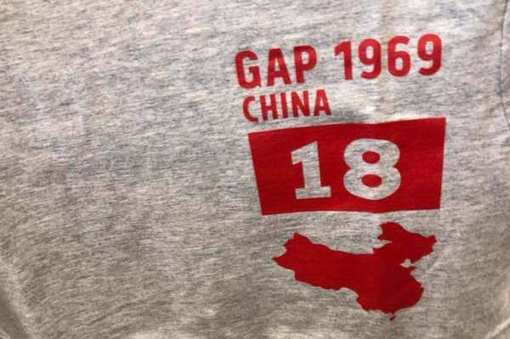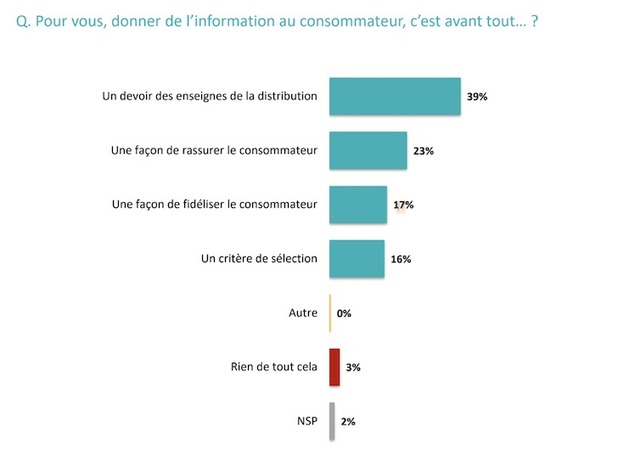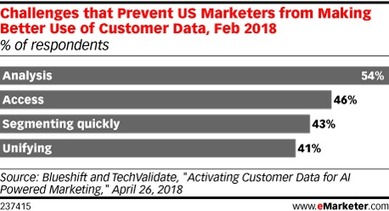Le gouvernement veut faire rouler des véhicules autonomes en France dès 2020
Mandatée par le gouvernement pour définir une stratégie nationale pour le véhicule autonome, Anne-Marie Idrac doit présenter ses conclusions ce lundi. Des voitures autonomes dès 2020 sur les routes françaises. C'est l'objectif avancé par Anne-Marie Idrac, qui doit présenter ce lundi les conclusions de sa mission sur le véhicule autonome, en présence des ministres Bruno Le Maire, Elisabeth Borne et Mounir Mahjoubi. Un domaine explicitement pointé par Emmanuel Macron comme prioritaire pour l'Hexagone. « La France doit être à la pointe de l'expérimentation et de l'industrialisation », insistait le chef de l'Etat en mars dernier.








